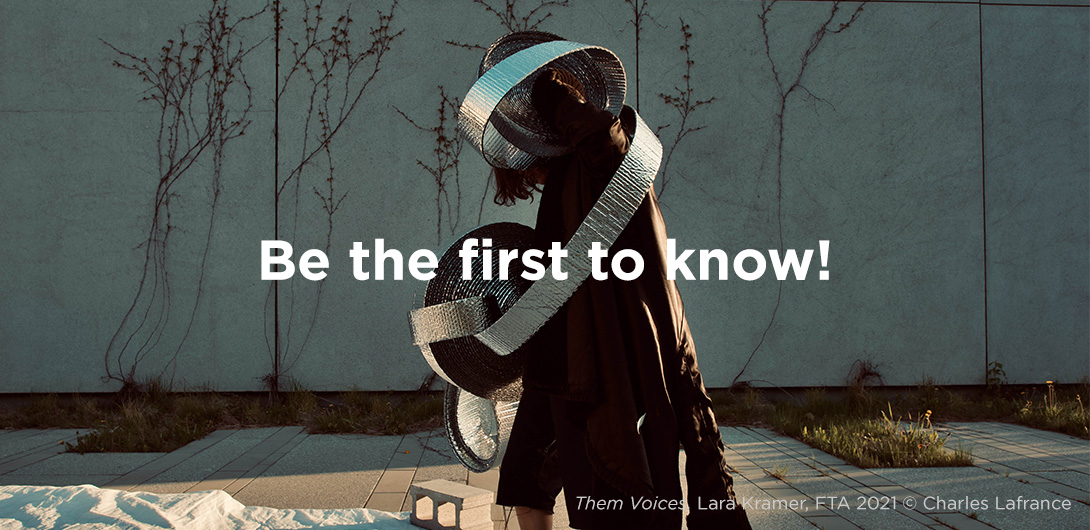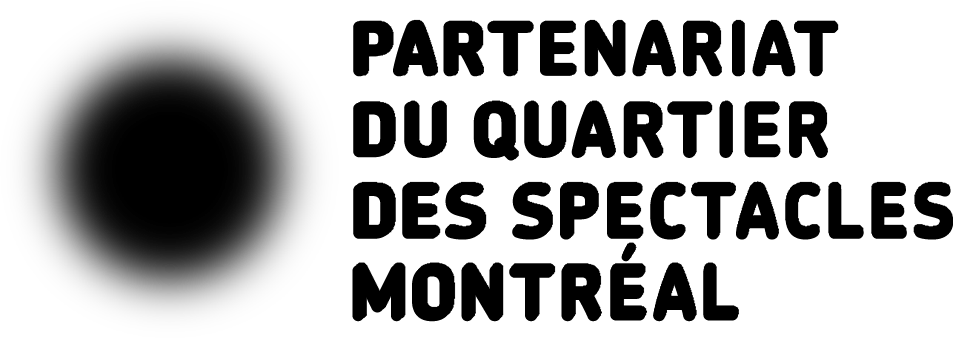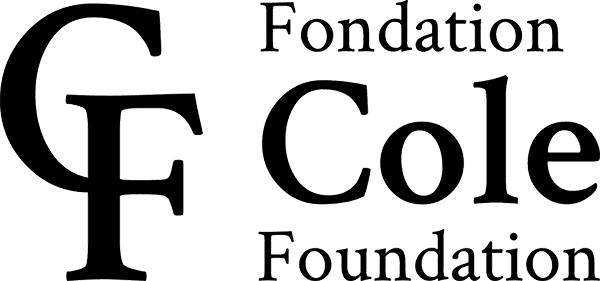Make Banana Cry plays with the tropes of a colonial exhibition and a fashion show—two types of events that are conducive to the staging and showcasing of bodies. In your take on these contexts, you explore the concept of “Asianness.” What would you like to activate within the audience, or what do you hope will trouble within their gaze?
Andrew Tay: In this iteration of the work, we have gathered artists with diverse cultural backgrounds from the east Asian diaspora—roots that Stephen and I also share. The objects we feature are mostly inexpensive mass produced consumer goods made in China. This play on cheapness is a very self-aware nod to a cliché of Asianess in Western culture. By exposing these objects on pedestals, we evoke a sort of sacred scenography and create a critical disconnect.
The fashion show is a parade, a procession that is very close to a ritual where bodies and images are continually fed to the audience. Make Banana Cry is a conveyer belt of cultural, bodily, and gender codes. This setting allows members of the audience to take stock of their own gaze, of the ways in which they contribute to perpetuating stereotypical images by projecting ideas and by labelling and fetishizing these bodies.
Stephen Thompson: We knowingly play with the idea that the audience is there to see something exotic by thwarting norms and expectations.
Of course, the fashion show is also a critique of capitalism and consumerism, while the faux exhibition addresses colonial issues inherent to national museums and cultural institutions. To us, this particular context is mostly a way of calling attention to the details of the performance.
The audience’s gaze thus navigates between the various Asian signifiers stemming from both traditional and popular culture, as well as more abstract elements. As soon as they enter the venue, the members of the audience become aware of themselves. They see themselves watching. This is what creates the dual tension between thought and sensation; between what you perceive and what you project.
How do you approach the friction between fixed Asian stereotypes and the complex intersectional identities of the performers that are featured in your work?
S. T.: For a long time, we wondered how to deconstruct stereotypical gestures—with costumes? Or object play? It’s a bit of both. The idea is to create a space that allows us to explore the ways in which meaning can emerge from within us and also be subjected to an external gaze.
As for the creative process, we had conversations about our personal histories and how we relate to images of “asianess” we see perpetuated in the media, as well as the origins of certain stereotypes and archetypes.
After that, there was an inevitable, deeply intimate task at hand. Each performer contributes to the creative process with his or her own cultural identity and bodily history.
As racialized artists, we have all performed, played, danced or embodied Asian characteristics that we don’t identify with. And so, we all had to look within ourselves to better understand our trauma in relation to all this. With this newfound self-awareness, it becomes interesting to offer the choreographic container we have created and see what comes out.
A. T.: I believe that confronting cultural stereotypes allows us to better understand ourselves. These clichés are embedded in the society around us, and we are in dialogue with them whether we like it or not. Our work with stereotypes is an investigation in the full sense of the word, meaning that it draws on various performative strategies. For example, the purely physical and mechanical approach allows us to deconstruct the posture or position of the body within a stereotype. We also explore moments when a new fantasy or narrative reveals itself.
These layers aren’t fixed, but rather porous—they change from one gaze to another. Someone from the audience might visualize the submissive Asian figure while all I’m doing is bending my knees.
Our work is titled Make Banana Cry, and so we have been very interested in this idea of referential shifts, how easy it is to slip to fall into the trap of a stereotype. As the end of the project approaches, we’re left wondering: is it possible to be freed of these cultural clichés and stereotypes so that we can fully embody the fluid spectrum of our contemporary identities? We hope this work will provide the audience with the necessary space for such considerations.










